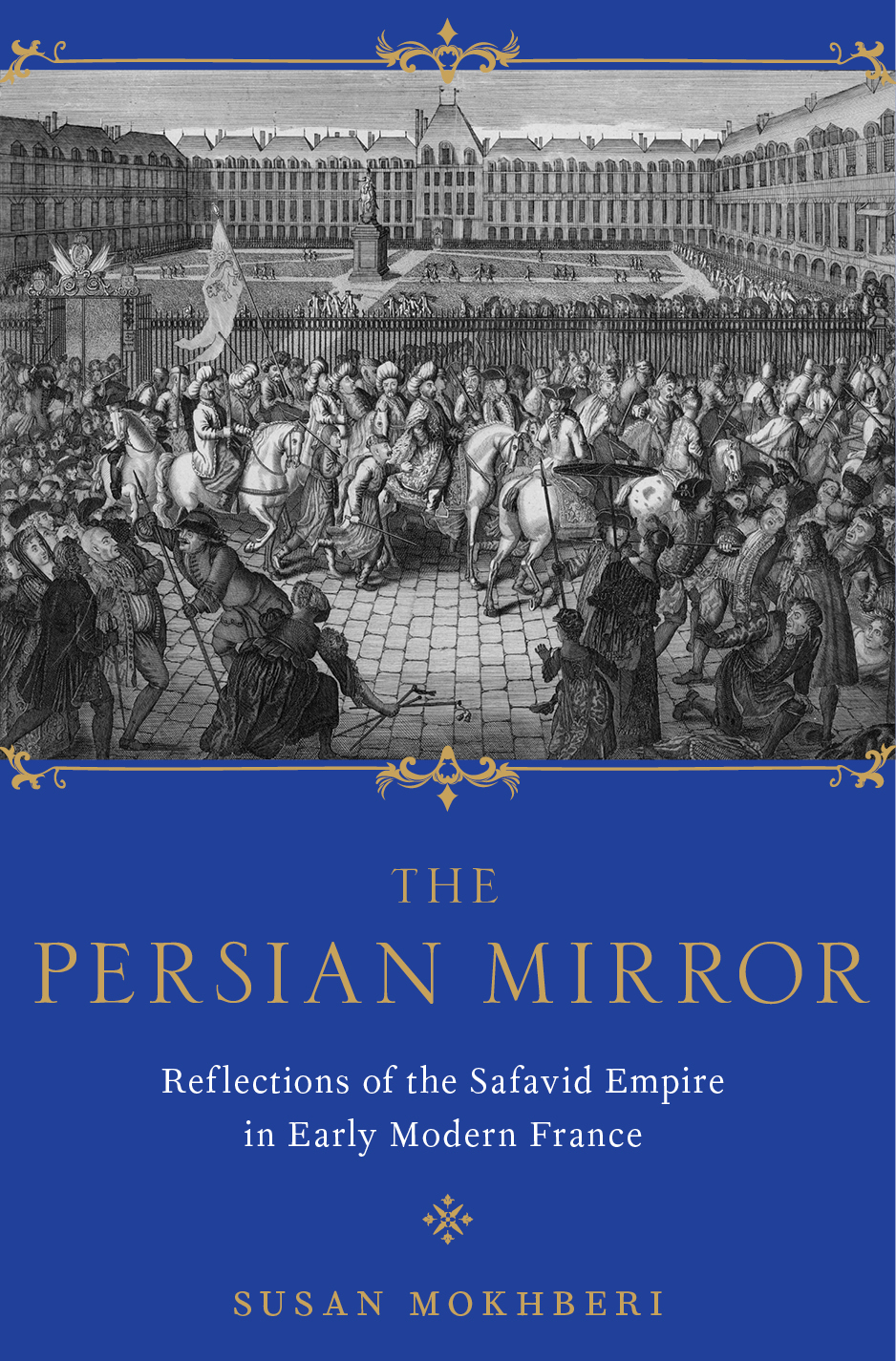
The Persian Mirror: Reflections of the Safavid Empire in Early Modern France
By
Publisher Oxford University Press
Pub Date 2019
Pub Location US
Isbn 0
Course(s)
Description
The Persian Mirror explores the significant but overlooked role Safavid Persia played in seventeenth-century France. Using diplomatic sources, fiction, and printed and painted images, The Persian Mirror describes how the French came to see themselves in Persia and explores why Montesquieu chose it as a way to think about the issues confronting France.
Long before Montesquieu’s Persian Letters, French intellectuals, diplomats and ordinary Parisians were fascinated by Persia and borrowed from Persian habits and fashions discovered through travelogues, accounts of embassies, and artistic representations. The French imagined Shah Abbas and his immediate successors as polite and formidable kings with a glorious lineage. Known for its ancient roots and cultural sophistication, Persia served France as a model for polite behavior, luxury, and kingship exemplified by Louis XIV’s decision to open his personal reign with the painting, The Queens of Persia at the Feet of Alexander (1661). An analysis of the French embassy to Shah Hosayn in 1706 reveals that both the French and Safavid elites drew further parallels between the French and Persian monarchies on Safavid soil. Louis XIV’s reign closed with the visit of the Safavid ambassador, Mohammad Reza Beg in 1715. During the visit, imagemakers emphasized the French monarchy’s likeness to the Persian crown and the Sun King imitated the grandeur of the Persian court as a way to articulate his own absolutist rule. This diplomatic moment heightened the association between the two powers and presented Persia as a mirror of comparison for France.
By bridging diplomatic history with cultural history and other scholarly approaches, this book shows how the French used Persia to shape their own identity and points to the variety and complexity of European relationships with Asian countries.
|